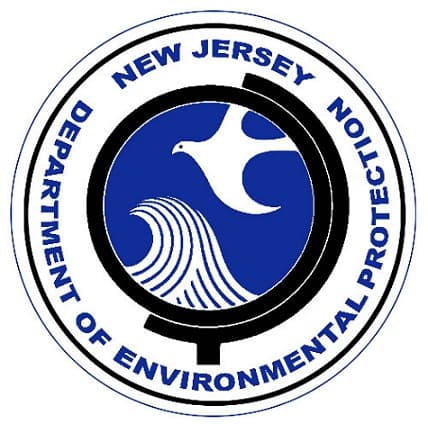New Jersey’s Innovative Oyster Production Takes a Big Step Forward Thanks to Agriculture/Environmental Protection
OutdoorHub 09.25.12

New Jersey Secretary of Agriculture Douglas H. Fisher and New Jersey Department of Environmental Protection (DEP) officials today visited an oyster production area in the Delaware Bay, made possible by a joint effort by the Departments of Agriculture and Environmental Protection.
The oyster production by private businesses is taking place in what’s called Aquaculture Development Zone – 4. Aquaculture Development Zones (ADZ) were a key recommendation in the Aquaculture Development Plan Update, Opportunities and Potential for Aquaculture in New Jersey, released by the Department of Agriculture and the state Aquaculture Advisory Council last December.
“An increase in aquaculture production will mean more jobs and more revenue for the state,” said Secretary Fisher. “What is being produced in Aquaculture Development Zones from our coastal waters can be marketed as a local product with the Jersey Seafood logo, much like Jersey Fresh for our farmers’ produce. By identifying these products in the marketplace, they can meet the demand by consumers for local products.”
The four Aquaculture Development Zones were established six years ago but have not been in use until now, due to uncertainty over permitting. Through the commitment of the Department of Environmental Protection’s Bureau of Shellfisheries and the New Jersey Shellfisheries Council, much of the regulatory uncertainty has now been removed because many of the permits for aquaculture production that would otherwise be the responsibility of the applicant are already held by the Bureau.
“The DEP has been working hand-in-hand with the Department of Agriculture to apply common sense strategies to improve the Delaware Bay oyster industry, which generates some $20 million for the bay region’s economy,” DEP Commissioner Bob Martin said. “Advancing the economic viability of these Aquaculture Development Zones will help protect this industry, enhance ecological protection of the Delaware Bay, and is a win for all of New Jersey.”
Oyster bars are making a resurgence in the American culinary scene. ADZ-4, along the Cape Shore, expands the oyster production techniques that produce gourmet oysters for the half-shell raw bar market. Twelve individuals have secured leases and are currently in production in ADZ-4.
ADZ-4 alone could double New Jersey’s current aquaculture production value of $6.6 million over the next two years.
Rutgers University Haskin Shellfish Research Laboratory’s Aquaculture Innovation Center in Cape May is producing seed that will be able to accommodate the seed requirements for oyster growers in the development zones.
There are approximately 107 10-acre lots available on a first-come, first-served basis with the Bureau of Shellfisheries. ADZ-2 and ADZ-3 are located offshore in the lower Delaware Bay. These sites are prime locations for both shellfish and macroalgae cultivation.
The Department of Agriculture is working with Rutgers and Stockton College to evaluate the potential to produce commercially valuable macroalgaes or seaweeds at these offshore sites. Macroalgaes are the second largest aquaculture sector in the world. They have a variety of uses, including industrial, pharmaceutical and food production.
Those interested in learning more about these aquaculture opportunities may call NJDA Aquaculture Specialist Joseph Myers at 609-984-2502 or e-mail him at joseph.myers@ag.state.nj.us.

